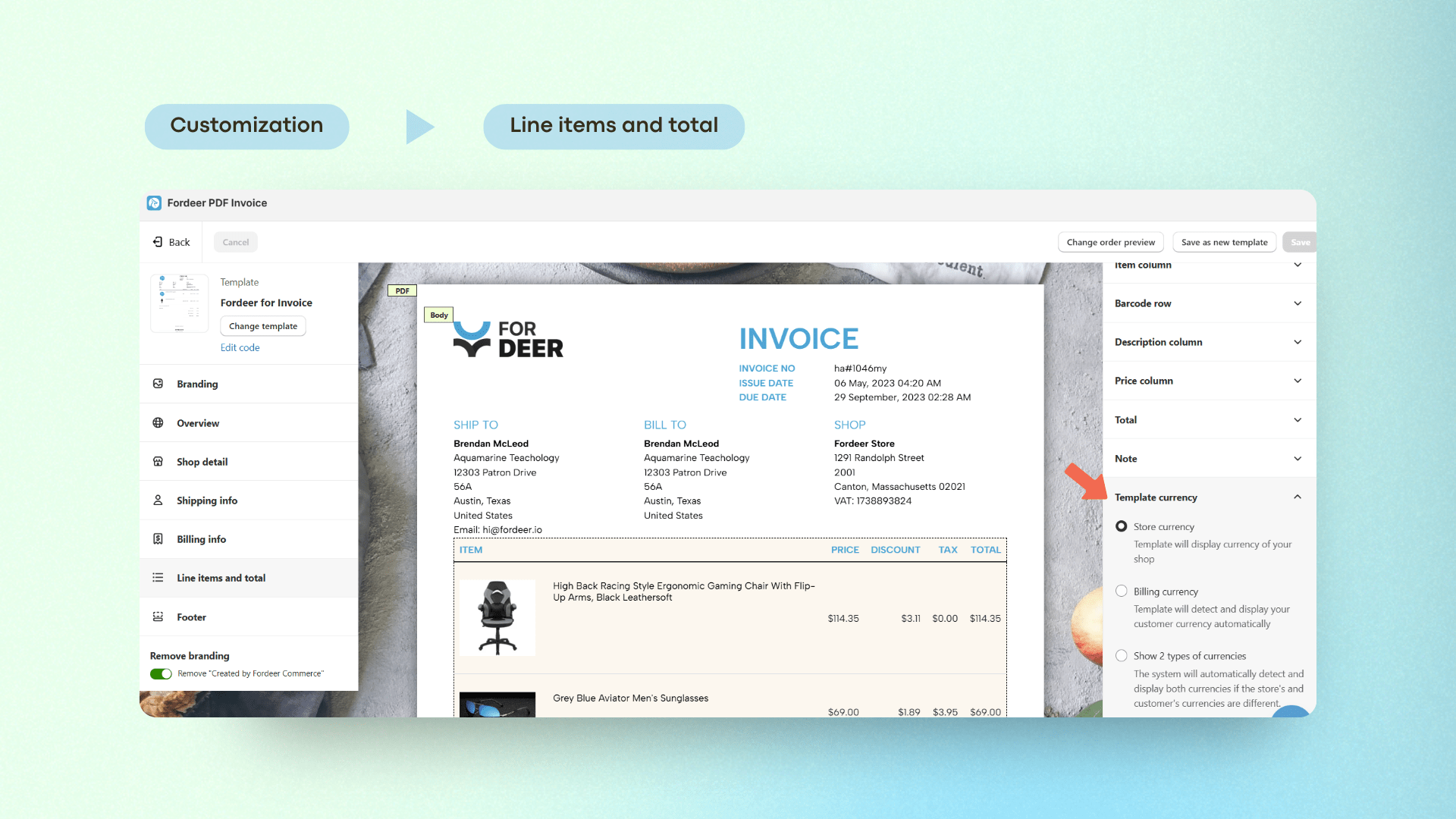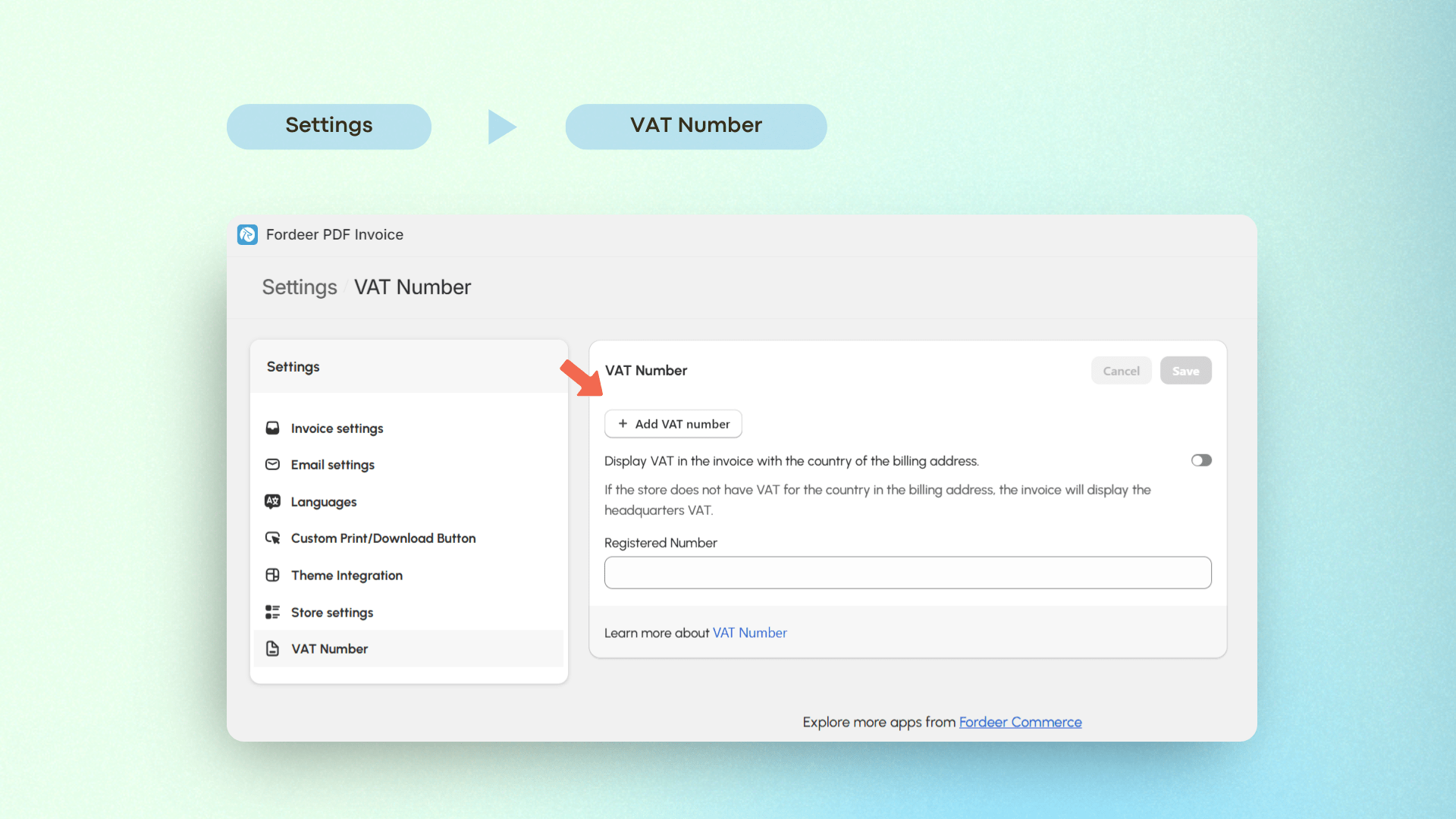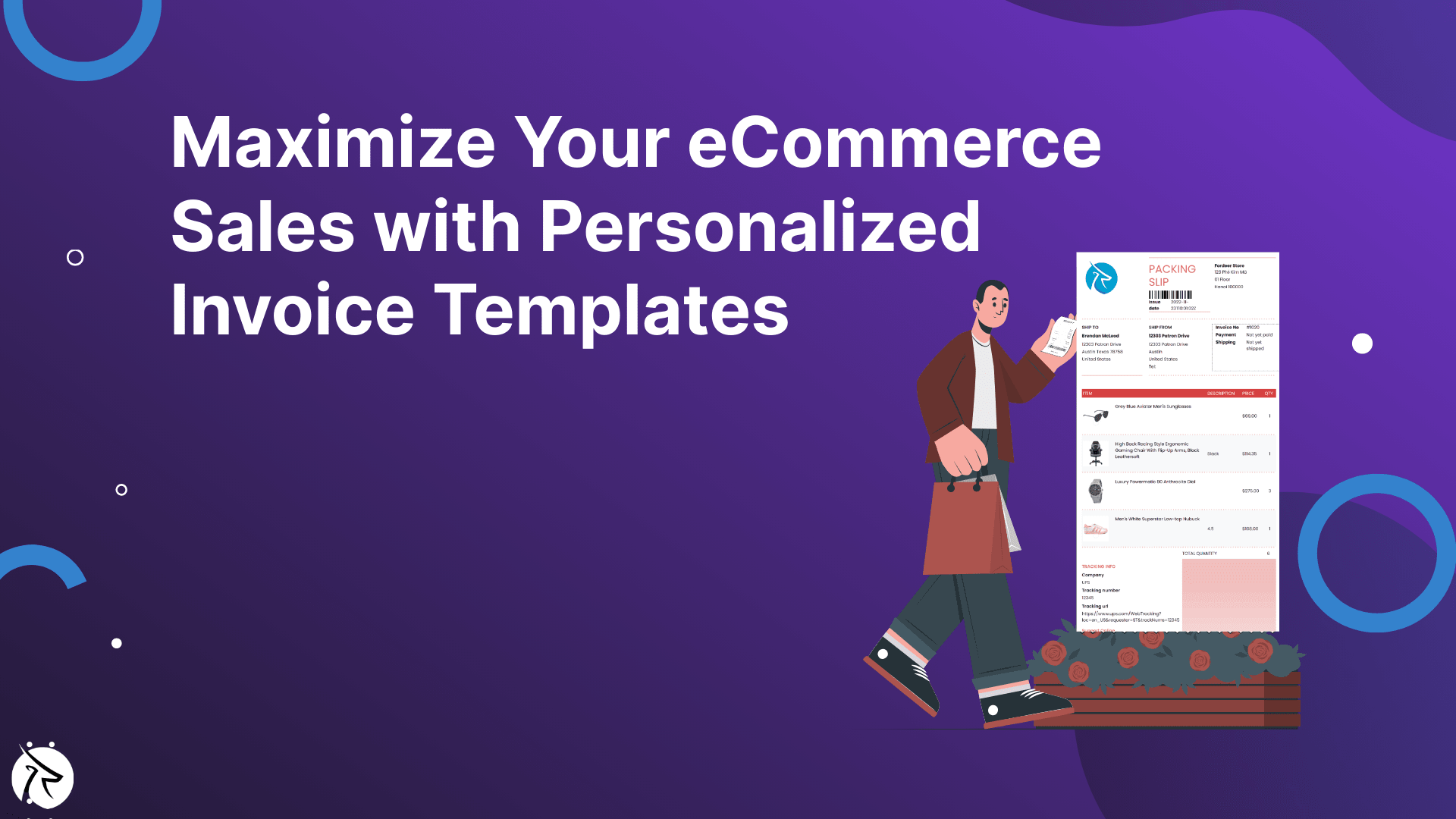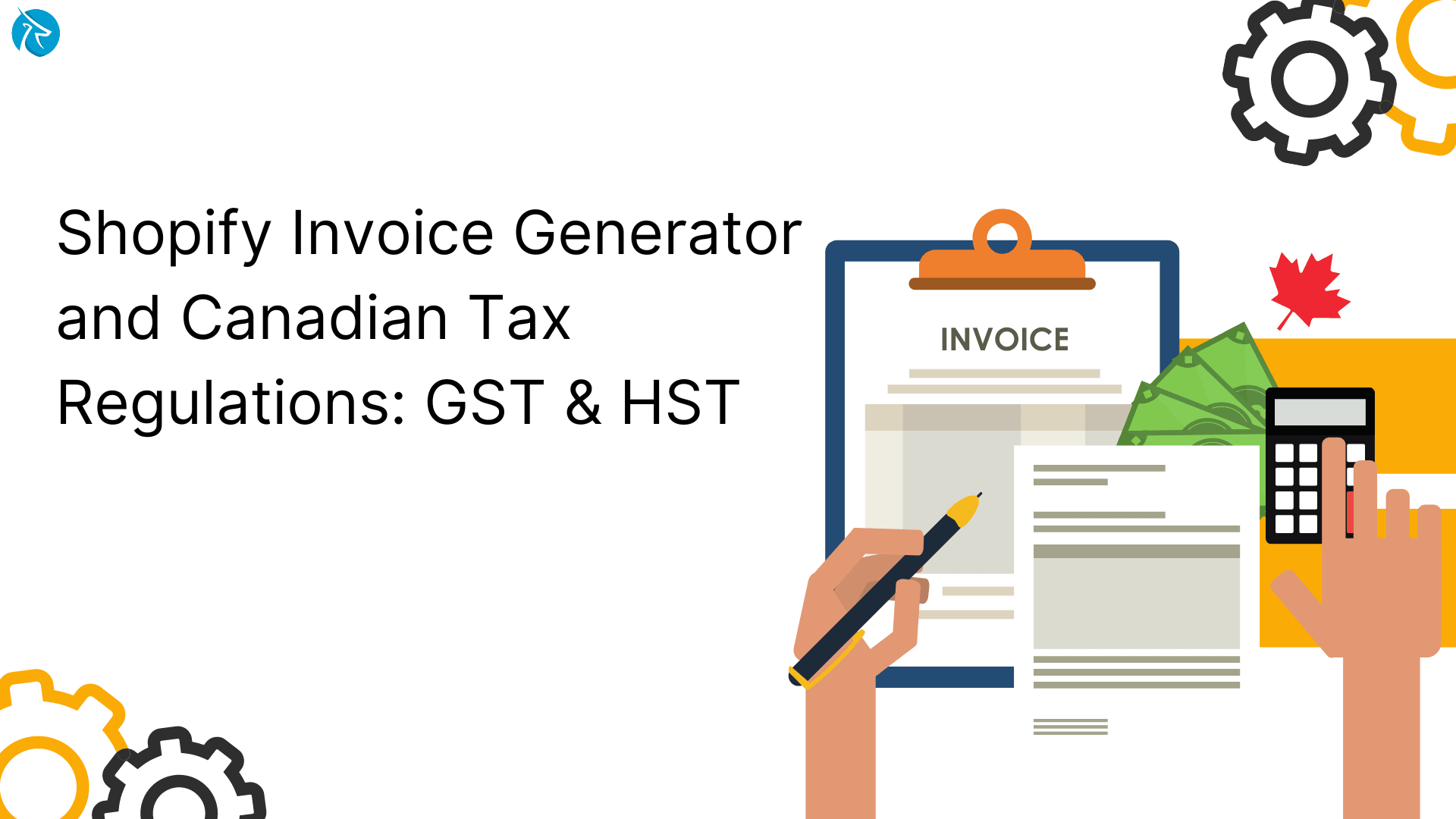Challenges in Selling Internationally and How to Overcome Them

Expanding a Shopify store to international markets offers exciting growth potential. With the global e-commerce market continuing to grow, selling overseas can boost revenue, attract new customers, and enhance brand visibility. However, going global comes with its own set of challenges.
In this article, we’ll explore the benefits of international expansion, common hurdles businesses face, and practical strategies to overcome them, so you can successfully tap into new markets and drive sustainable growth.
An Overview of Selling Internationally
Selling internationally means offering your products or services to customers across different countries, which involves adapting various aspects of your business. This includes tweaking logistics, marketing strategies, and payment methods to cater to the unique preferences and expectations of each market.
Whether you're a small Shopify store just starting to explore cross-border sales or a larger retailer expanding into new regions, success in international selling requires a deep understanding of each target market and the ability to adjust your approach accordingly.
Benefits of Selling Internationally
Expanding internationally offers Shopify merchants numerous benefits that can drive growth and stability. Here’s how:
Increased Revenue Potential: By tapping into new markets, businesses can significantly boost their revenue. A wider audience means more opportunities for sales, often leading to growth that might not be possible in a single market.
Diversified Customer Base: Selling internationally helps businesses reduce reliance on one primary market. If one country experiences an economic downturn, sales from other regions can help balance things out, ensuring more stable revenue streams.
Brand Recognition and Global Reach: Going global increases brand visibility beyond domestic borders. A strong global presence builds reputation and credibility, setting the stage for more partnerships and long-term growth.
Access to High-Growth Markets: Some regions, like Asia and parts of Latin America, are seeing rapid e-commerce expansion. By entering these markets, businesses can take advantage of evolving consumer trends and growing demand.
Challenges and How Fordeer can Help in Selling Internationally
Selling internationally has its perks, but it also comes with its fair share of challenges. Different countries have different rules—tax laws, product standards, and shipping restrictions—that you need to understand. These hurdles can feel overwhelming, but if you tackle them head-on, they’re definitely manageable. It’s all about being prepared and knowing what to expect as you take your Shopify store to a global audience.
Currency and Payment Preferences:
One major hurdle is currency and payment differences. Customers prefer paying in their local currency and using familiar payment methods, like digital wallets or regional credit cards. Not offering these options can lead to high cart abandonment. Additionally, currency fluctuations can affect profit margins and pricing, making international transactions more financially complex.
Fordeer’s Solution: Simplified Multi-Currency Invoicing
Fordeer supports multiple currencies on invoices, allowing you to display the Billing Currency to match your customer’s preferred currency. This reduces confusion and creates a smoother payment process, which can significantly decrease cart abandonment and boost customer satisfaction. Plus, you can show both store and billing currencies for seamless invoicing which is only available with Fordeer’s PDF Invoice Generator.
How to Set It Up: To enable these options, go to Customization > Line items and total > Template currency. Besides, you can easily go to Settings > Invoice setting > Currency to to adjust the Currency Format.

Shipping, Logistics, and Customs Complexity:
Shipping internationally comes with its own set of challenges. Long shipping times, customs clearance, and import/export fees can result in delays, higher costs, and unhappy customers. Navigating customs regulations can be tricky too, as each country has its own rules, tariffs, and restrictions. Unexpected customs duties or delays can also lead to surprise costs, which are often passed on to the customer—affecting their satisfaction and likelihood of returning.
Fordeer’s Solution: Clear Shipping & Logistics Information
Fordeer ensures that invoices include clear details on shipping methods, fees, and terms, helping businesses set realistic expectations, reduce customer inquiries, and minimize disputes. Additionally, the commercial invoice feature streamlines international shipping and ensures compliance with customs requirements.
How to Set It Up: To display these fields on your invoice, simply go to Customization and enable them. You’ll find Shipping Method in the Overview, while Shipping Fee, Tax, and Commercial Invoice appear in Line items and total.
Local Regulations and Taxes Problems:
Each country has its own set of rules when it comes to product imports, taxes, labeling, and advertising standards, and these rules can change frequently. For example, some regions require specific language on product labels, while others have strict regulations for electronic goods. Tax systems like VAT or GST also vary from country to country, making it crucial for businesses to stay up-to-date with international tax laws to ensure their pricing is accurate and compliant. Ignoring or overlooking these rules can lead to fines or disruptions in international sales.
Fordeer’s Solution: Compliance with Local Tax Regulations
Fordeer helps businesses stay compliant with local tax laws, reducing the risk of penalties and simplifying financial reporting. Whether you're selling in the EU, Asia, or North America, Fordeer ensures accurate tax rates, amounts, and VAT IDs are displayed on invoices. It also allows you to easily collect and show your customers' VAT IDs, making compliance across different regions simpler.
How to Set It Up: To display tax and VAT information, go to Customization > Line Items and Total. To show your VAT ID, navigate to Shop Details after entering it in Settings > VAT Number. You can also collect your customers' VAT IDs at the registration or cart pages through the Settings menu.

Language and Communication Barriers:
Language differences can be a major obstacle in international markets, affecting everything from website navigation to customer support. Misunderstandings in product descriptions or support exchanges can lead to confusion and frustration. Customers are more likely to trust brands that communicate in their native language, and when language barriers exist—especially in technical support or order inquiries—issues take longer to resolve, which can harm the overall customer experience.
Fordeer’s Solution: Multi-Language Support for Invoicing
Fordeer’s multi-language support allows businesses to customize invoices in various languages, ensuring that the invoice content aligns with local expectations and minimizes misunderstandings. This adaptability enhances the user experience and helps to cultivate loyalty among international customers by making them feel valued and understood.
How to Set It Up: Users can easily change the default language of documents in the Settings > Languages, the language will be translated automatically or manually translated in Adjust Translation.

Establishing Trust with International Customers:
When entering new markets, customers tend to be cautious about buying from unfamiliar foreign brands. Concerns over product authenticity, return policies, and transaction security often hold them back. Without the reassurance of brand recognition, international customers need guarantees that their purchase will be secure and reliable. If return policies are unclear, customer testimonials are lacking, or there's no localized support, trust can be easily undermined, causing potential buyers to hesitate or abandon the purchase.
Fordeer’s Solution: Fordeer helps build trust with international customers by creating customizable, detailed invoices that clearly reflect each transaction. These invoices include all the necessary purchase details, tax information, and terms & policies, ensuring transparency and reducing post-purchase uncertainty. For first-time international buyers, this level of clarity can be crucial in overcoming concerns about buying from an unfamiliar brand, reassuring them about the authenticity and reliability of the transaction.
Conclusion
Expanding internationally opens up exciting growth opportunities, but it also comes with its fair share of challenges. To build a strong global presence, businesses need to plan carefully, addressing obstacles like localization, compliance, and logistics. Fordeer’s invoicing features can help simplify these complexities, offering automation tools that streamline operations and ensure accuracy across markets. By tailoring strategies to each region, businesses can navigate the intricacies of international sales and foster sustainable growth, while building lasting relationships with customers around the world.











